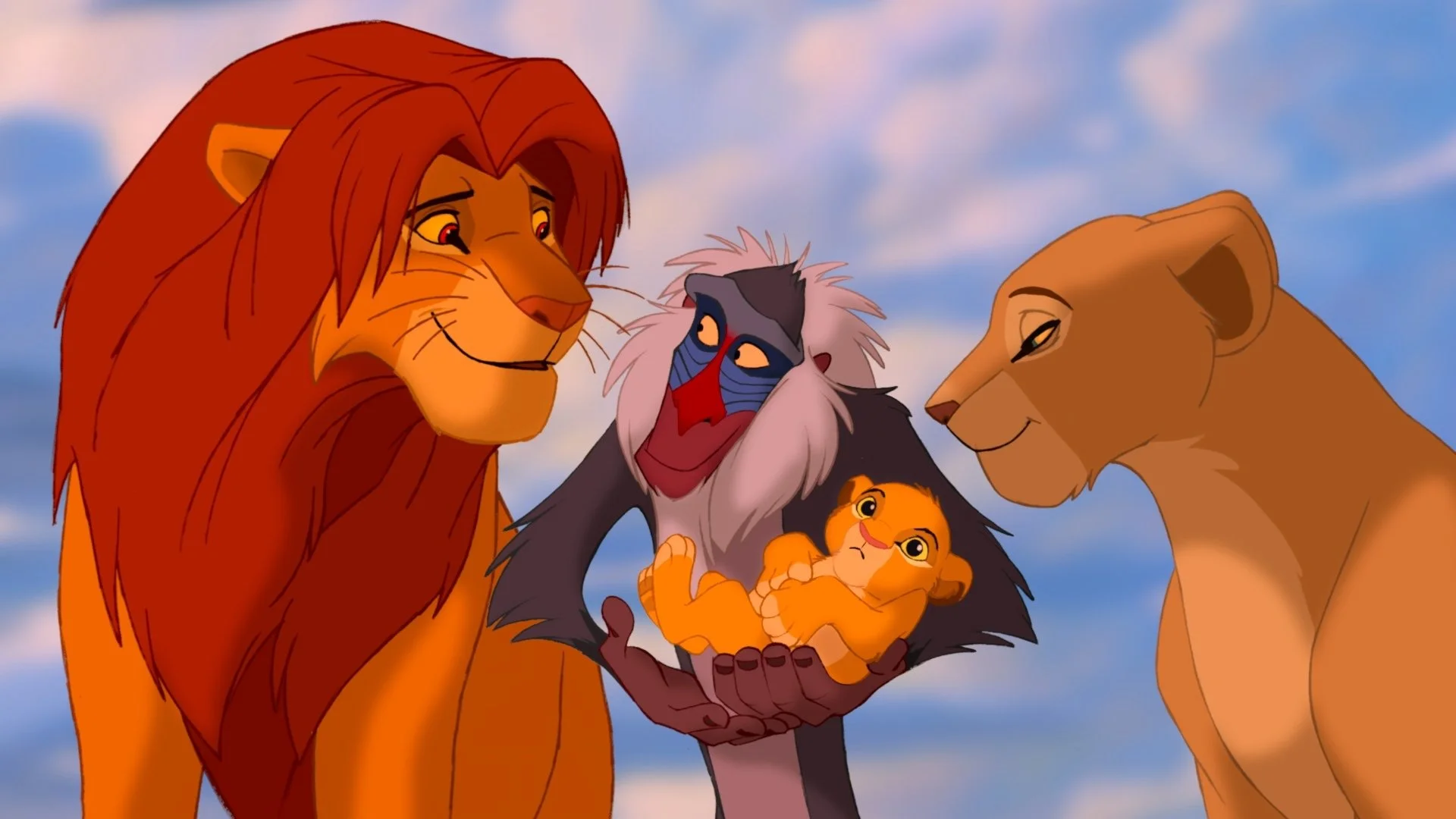Apart from my biography and history work, I’ve done a lot of research within the field in which I received academic training, media studies. But here, too, my work has tended to be quite interdisciplinary.
MEDIA RESEARCH
CTV Project
When The Lion King first came out (not the reboot, the original, in 1994!), a colleague in the Department of Child Study and Human Development happened to have seen the film the same weekend as I had. (This was actually the first movie we brought our oldest child to in a theater!) My colleague Chip Gidney, a sociolinguist, and I discussed how odd it was that all of the evil characters were voiced using non-American accents or clear African American or Latino dialects. We looked at each other and said “We should do something about this.” And so the Children’s Television Project (CTV) was born.
Twenty-plus years later, we have developed and fine-tuned ways to measure racial, ethnic and gender diversity in children’s animated programming. We have a huge database. We’ve seen some interesting changes over the years.
Learn more at https://sites.tufts.edu/ctvresearch/
Social Emotional Diversity Study
All of our work on children’s media content has shown the landscape of television, particularly, to be a world of inequalities. Male characters outnumber female characters. Euro-American characters dwarf the number of characters of color. And there have been, up until recently and arguably still within certain media genres, qualitative differences in the ways in which characters are portrayed. The numbers, alone, suggest that there might be consequences of these inequalities for the children who’ve grown up ritualistically viewing them. Conversations with my students reinforced my belief that it was important to try to test this out empirically.
Starting in 2022, I worked with a fantastic team of Tufts undergraduate and graduate students to try to assess what some of the long-term effects of having grown up with media inequalities might be. We surveyed college students, and conducted “deep dive” interviews with a number of students who’d filled out our survey. Our results didn’t surprise us: media images matter.
Here’s Some Recent Press on my Children and Media Work:
Growing up with technology: Skip the iPads and bring on the robots
Why children love the slow, strange world of ‘CoComelon’
https://www.washingtonpost.com/parenting/2022/02/16/why-children-love-cocomelon/
Six Tips for Keeping Children Safe Online
https://now.tufts.edu/2023/02/23/six-tips-keeping-children-safe-online
A Kids’ Show Like No Other
https://now.tufts.edu/2022/08/04/kids-show-no-other
Creating Children’s Media
https://medium.com/campuswire/creating-childrens-media-378d46aba527
Content Creators Project
In the summer of 2020, in the wake of George Floyd’s murder and a large-scale recognition in this country and others that we needed to pay more attention to issues of diversity, race, equity, inclusion and social justice and look at them in different ways, some of my students and I wondered how this might be infused into the children’s media industries. We set out to investigate.
Why were so many animated characters voiced by actors who came from backgrounds that were different than the characters’? What efforts were content creators making to diversify the stories they told and the ways the told them? In what ways might the children’s media industry try to diversify itself and bring new cohorts of writers/directors/producers/animators/voice actors in at every level? What did it mean to effect change in this industry, at this time?
The good news was that we found a lot of people who were very tuned into these issues. New initiatives were happening all over – not just at PBS, or Sesame Workshop, where you might expect them – but also at Disney and other for-profit studios.
Huffington Post Column
From 2013-2017 I wrote a column about children and media for the Huffington Post. In these columns, I tried to translate some of the social science research into terms that anyone could understand and appreciate.
Here’s a link to an archive of these articles: https://www.huffpost.com/author/julie-dobrow-423




